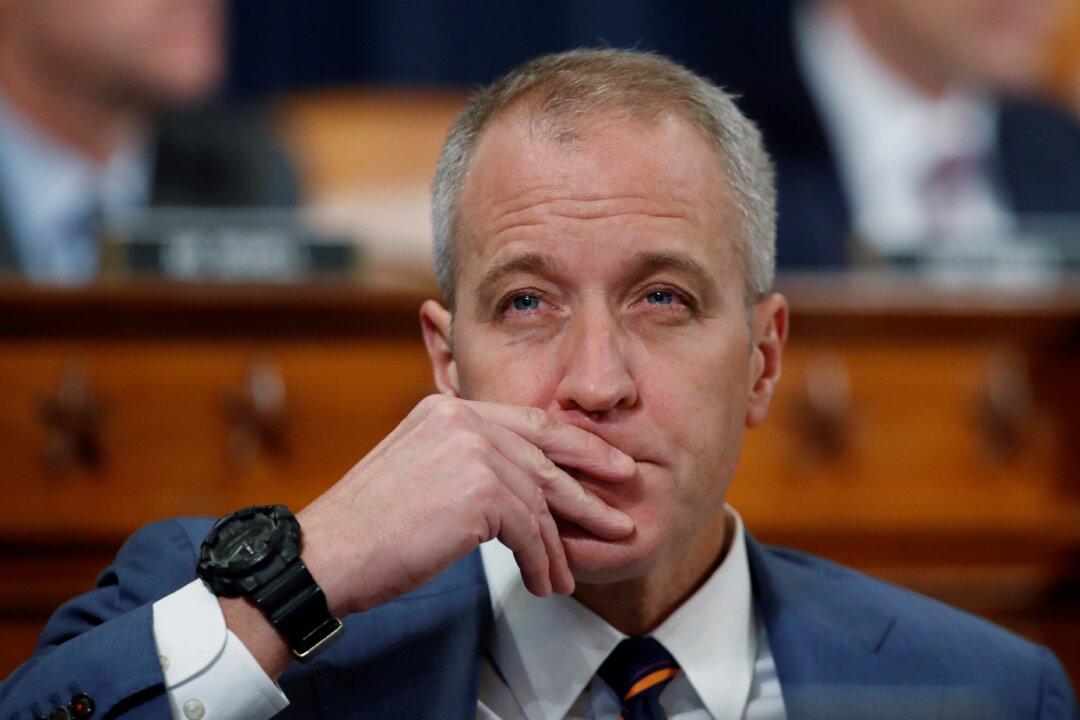House Republicans have widened the playing field for the midterms after releasing an expanded battleground list on June 9 that added the chair of the Democrats’ House campaign arm and three other targets.
The National Republican Congressional Committee (NRCC) is now targeting a total of 75 Democrat-held or newly-created seats ahead of the midterms.




